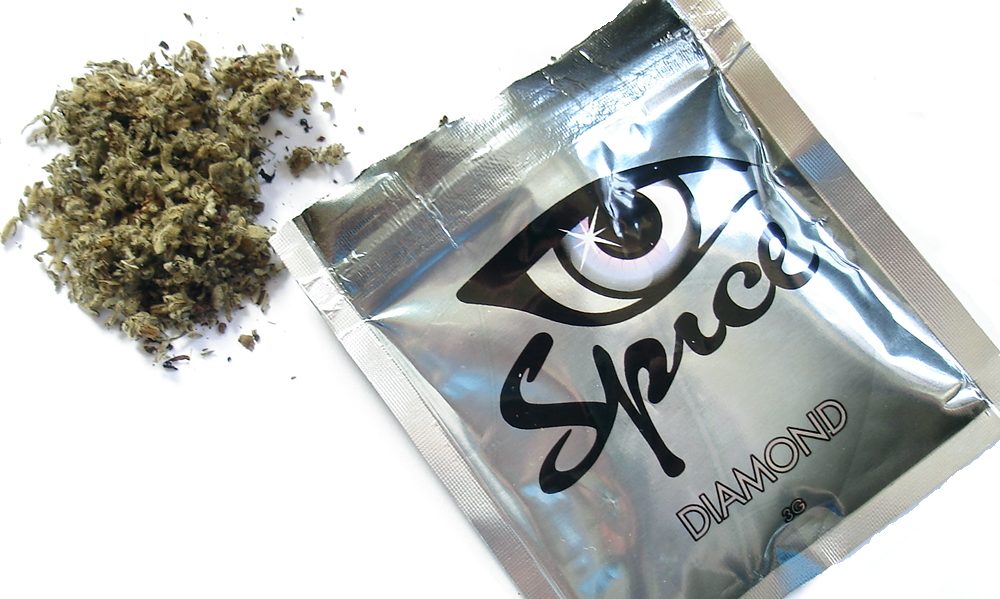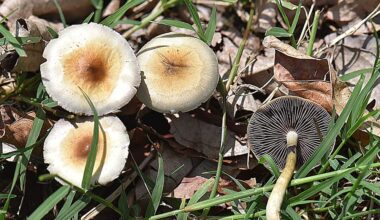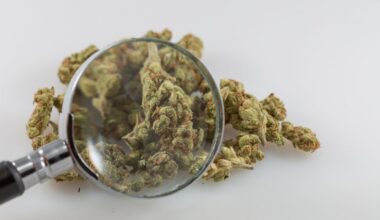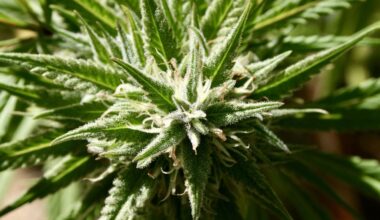Poisonings by synthetic cannabinoids, often known by trade names such as K2 or Spice, are significantly lower in states with legal marijuana access, according to a new study using data from the National Poison Data System (NPDS). Authors posit that more permissive cannabis policies could reduce both the motivation to use and harm associated with synthetic cannabinoids, which are harder to detect through drug tests than THC but can cause serious medical complications and even death.
From 2016 to 2019, states with “permissive” cannabis policies reported 37 percent fewer synthetic cannabinoid exposures annually than states where marijuana remains illegal, according to the peer-reviewed paper published on Tuesday in the Journal of Clinical Toxicology.
Medical cannabis states, defined as those allowing high-THC cannabis for patients, showed 13 percent fewer reported poisonings, although that finding was not statistically significant.
Compared to states allowing only medical cannabis use, those that opened retail stores to all adults 21 and older reported 36 percent fewer exposures.
“Adoption of permissive state cannabis policy was independently and significantly associated with 37% lower reported annual synthetic exposures, relative to restrictive policies.”
Researchers from the Washington State University College of Nursing, Oregon Health Authority and University of Arkansas College of Medicine assessed NPDS data, which is gathered from reports submitted to regional poison control centers by clinicians and the general public.
Overall, there were 7,600 reported synthetic cannabinoid exposures during the study period, of which nearly two-thirds (64.8 percent) required medical attention. Sixty-one people died.
States were categorized into three groups: permissive, meaning legal for adults; medical, specifically states allowing patients access to high-THC cannabis; and restrictive, or those where neither medical nor adult-use cannabis was legal.
“This study shows some potential public health benefits to the legalization and regulation of adult use of cannabis,” lead author Tracy Klein, a WSU associate professor of nursing, said in a press release. “Based on both past research and this current study, it’s evident that users who have a choice to use a less toxic product would potentially do so.”
Synthetic cannabinoids, which are not found in cannabis itself, are chemicals designed to interact with the same receptors in the brain that cannabis does. They’re often applied to inert material that resembles marijuana. The high can be somewhat similar to that from marijuana but with far more medical risk.
Although research cited in the new study indicates that most synthetic cannabinoid users prefer natural cannabis, people sometimes opt for synthetic cannabinoids because, unlike with THC, use typically can’t be detected by drug tests. That can be a big factor for people in the military, law enforcement or other jobs in which they face the risk of being fired or disciplined for a positive cannabis test.
Researchers note that because synthetic cannabinoid use is so hard to detect, the study’s integrity relies on accurate reporting by clinicians and others who contacted poison control centers to report exposures.
They also point out that the number of real-life poisonings is likely higher than the reported numbers show, because not all cases are relayed to poison control centers. Nevertheless, the study describes NPDS as “the largest and only near real-time national database of exposures.”
“More permissive cannabis law may have the unintended benefit of reducing both motivation and harms associated with use of synthetic cannabis products.”
Data indicated an overall decline in synthetic cannabinoid exposures during the 2016–2019 study period, which authors write could be caused by a number of factors, but they add that “we do not believe these potential contributors to general trends could explain the patterns of the policy-specific observations we observed.”
“Adoption of permissive cannabis law can be associated with significant reductions in synthetic cannabinoid exposures,” the study found. “While medical cannabis alone did not show a statistically significant impact on synthetic cannabinoid poisonings, the magnitude and direction of change were similar in both our models consistent with a hypothesized dose-response relationship between more permissive cannabis law overall and fewer reported synthetic cannabinoid poisonings.”
The study’s lead author also acknowledged that the study doesn’t take into account synthetically derived delta-8 THC, which has surged in popularity in recent years. The psychoactive molecule is produced naturally in small amounts by the cannabis plant but can be concentrated or synthesized in labs. It’s commonly sold in states where delta-9 THC, the main psychoactive component in cannabis itself, is illegal.
“We know that there are many cannabinoids being developed and on the market—and the regulators are struggling to catch up,” said Klein, who is also the assistant director of WSU’s Center for Cannabis Policy, Research and Outreach.
Meanwhile, a study last month by Michigan State University researchers found that cannabis legalization doesn’t lead to more young people trying the drug. It does, however, seem to lift the number of adults sampling marijuana for the first time.
Photo courtesy of U.S. Air Force.
Medical Disclaimer:
The information provided in these blog posts is intended for general informational and educational purposes only. It is not a substitute for professional medical advice, diagnosis, or treatment. Always seek the advice of your physician or other qualified healthcare provider with any questions you may have regarding a medical condition. The use of any information provided in these blog posts is solely at your own risk. The authors and the website do not recommend or endorse any specific products, treatments, or procedures mentioned. Reliance on any information in these blog posts is solely at your own discretion.







